My Daily Commute To Campus - A Brief History About The Things I've Ignored Along The Way
For those who might not know, I'm currently a 3rd year Applications Development student from South-Africa studying in Cape Town. For the past 3 years I've been commuting in and out of Cape Town in order to get to campus and back. My journey starts in my home town at 7:45am where I jump on a train, mostly decorated with gang sign graffiti, penis enlargement and cheap abortion advertisements, that roughly takes me about 40 minutes to get to the Cape Town train station from where I then take a slow stroll to campus.
The picture above is the route that Google Maps suggest I walk but I'm lazy so I walk the route in red instead. For the past 3 years I've ignorantly walked this route, either looking down on my phone or watching pigeons mate, not taking note of all the things I pass until recently. I decided to do some research about the great historical pieces I pass on my commute which I'm about to share with you. Please note that I don't take any credit for any of the photos used in this post since all I have is my shitty Samsung Galaxy S3 with a fogged-up back camera.
1. Cape Town Train Station
The station was originally built in 1861 and consisted of a simple wooden structure seen below.
In 1875, 14 years later, John Molteno who was the cape prime minister at the time began the construction of a massive stone complex which would serve as the central station seen below.
It's successor, the current station that I know, was built nearly a 100 years later when the apartheid government of the time decided to demolish the stone complex in order to build the new station which would allow for racial segregation of all commuters.
This is ultimately where my stroll starts, getting off the train and passing all the hawkers selling all kinds of stuff like vegetables, chappies, chips, chocolates and loads of stolen goods. I eventually exit the station after having to fight of(not literally) a few drug-fueled beggars where I then cross Strand Street onto the Grand Parade (That grey block).
2. King Edward VII Statue
The statue was erected in 1904 to celebrate the British colonial period of the Cape Colony, preceded by a Dutch colony who lost the colony to the British following the Battle of Muizenberg in 1795 who had the colony returned after the Piece of Amiens in 1802. South-Africa only became independent in 1931 and in 1994, the year of the first non-racial elections, 9 new provinces was established namely the Western Cape, Free State, Gauteng, KwaZulu-Natal, Limpopo, Mpumalanga, North West, Northern Cape and the Western Cape.
The statue is usually covered in pigeon crap and people can be found wondering around the statue and enjoying lunch on the steps during lunch time.
3. Cape Town City Hall
The building was constructed in 1905, designed by winning architects Messrs Harry Austin Reid and Frederick George Green as a result of a public competition. Most of the construction materials was imported from Europe. The hall also features an organ which was drawn up by Sir George Martin who was an organist of the St Paul's Cathedral in London. The wind for the organ is supplied by a kinetic blower worked by an electric motor.
The hall no longer houses offices and is mostly used as a venue for creative and cultural events. I've never actually been inside the hall but I'm planning on going very soon.
4. Volunteer War Memorial
The inscription reads: "To the undying honour of those sons of the city who gave up their lives (1899-1902) for love of the Motherland and in defense of the Colony during the Anglo-Boer War. This memorial is erected by the citizens of Cape Town"
As the inscription states, the statue was erected in honor of the people who fought in the Boer War which started in 11 October 1899 and ended on 31 May 1902. Britain defeated the two Boer states namely The Republic of Transvaal and the Orange Free States which resulted in a British Empire victory. The war resulted in 6, 189 military casualties while 24 000 Boer prisoners were sent overseas. 46, 370 civilians died of which 26, 370 were woman and children who died in concentration camps along with 20, 000 black Africans in separate concentration camps.
5. Castle of Good Hope
The castle, which is the oldest existing colonial building in South-Africa, is a bastion fort and was built during the 17th century by Dutch East India Company and was declared a historical monument in 1936. The castle actually replaced the Fort de Goede Hoop, constructed with clay and timber, which was build by Jan van Riebeeck upon his arrival at the Cape of Good Hope in 1652.
^ Fountain in the courtyard
^ Courtyard
We actually visited the castle as part of a school outing when I was in primary school. We were thrown into the holding cells, which also acted as a torture chamber, where they would keep their prisoners. Once the doors were closed it was pitch black dark inside. If you hold your hand in front of your face you wouldn't be able to see it. The room had a very eerie feeling about it as if you could smell the torture, death and fear. The tour guide proceeded to tell us that people who were kept there back in the day would often lose their sanity and go absolutely mental from staying in there for long periods of time. It's also rumored that the courtyard becomes alive at night with sounds by mourning ghosts of the killed prisoners.
I find it funny how oblivious we can be about the things that surround us, passing and ignoring things that carry such great value that shaped our history and culture.
Sources
Cape Town Train Station: 1
Edward VII : 2
Cape Town City Hall: 3
Volunteer War Memorial: 4
Castle of Good Hope: 5

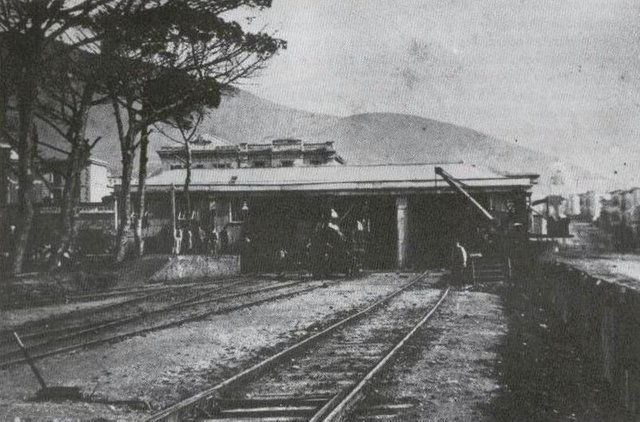
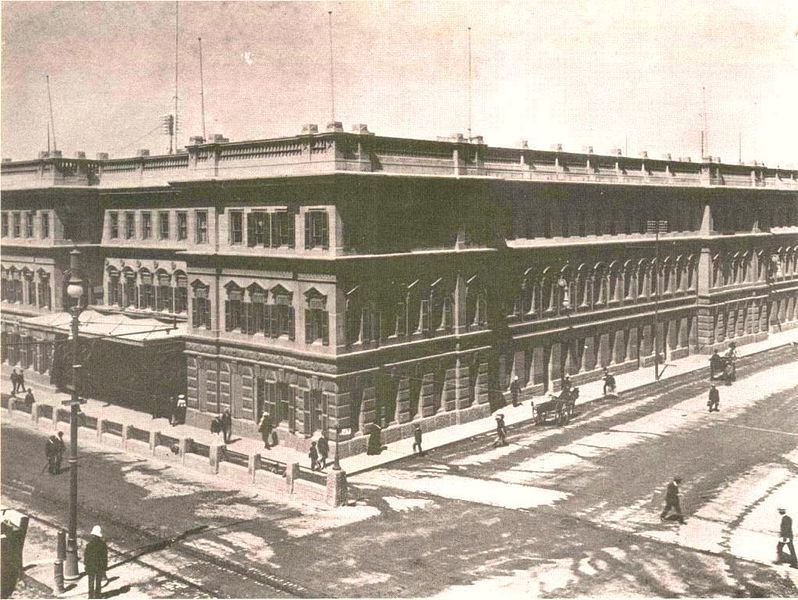
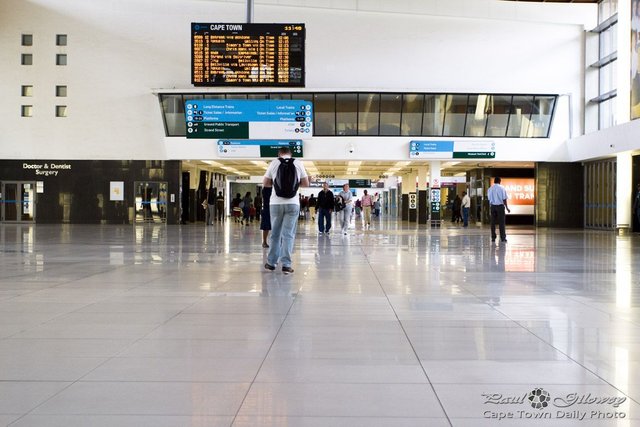
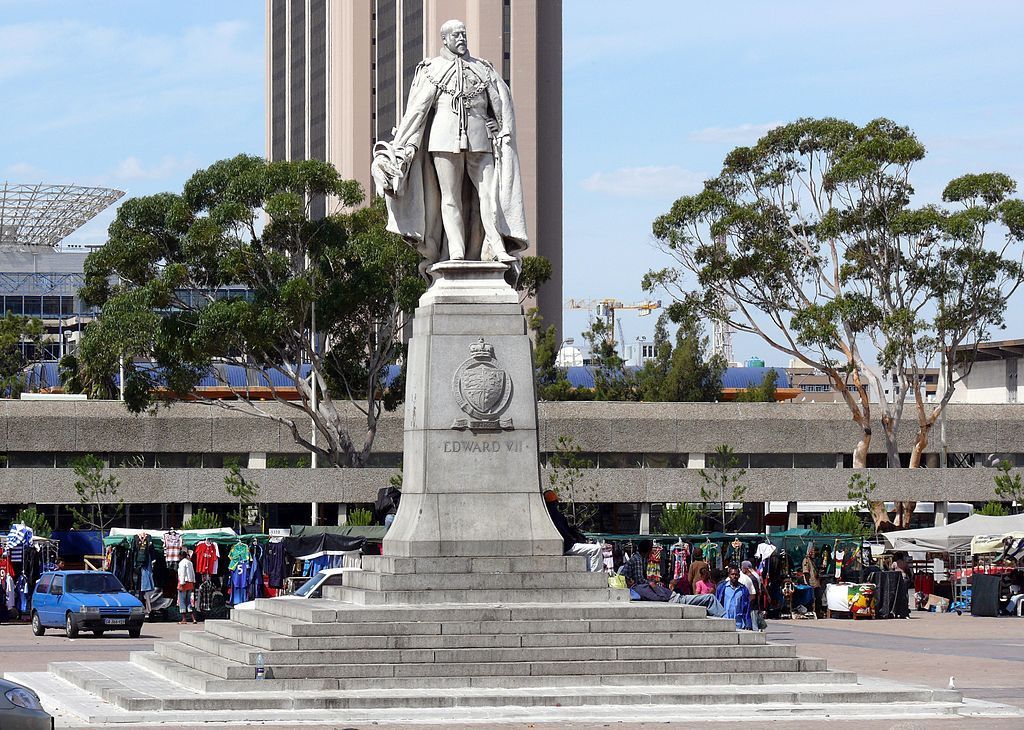
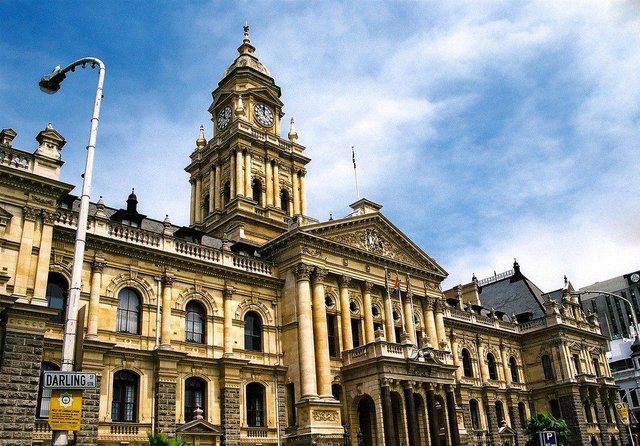
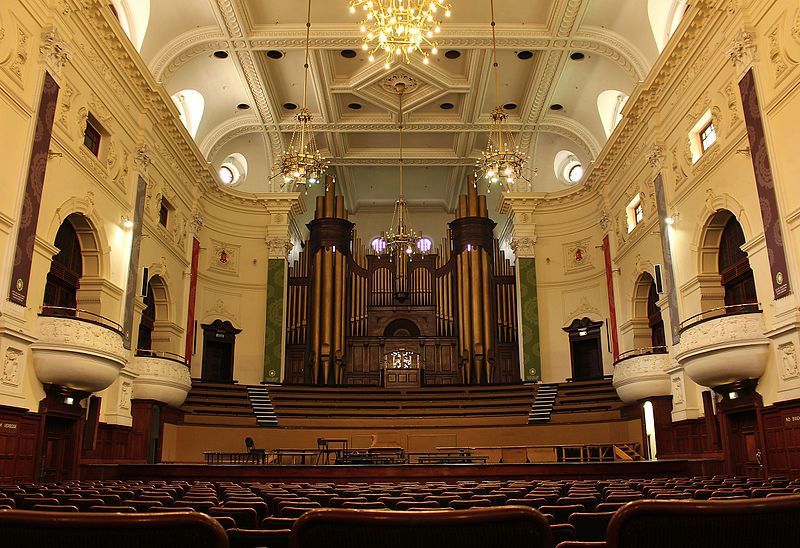
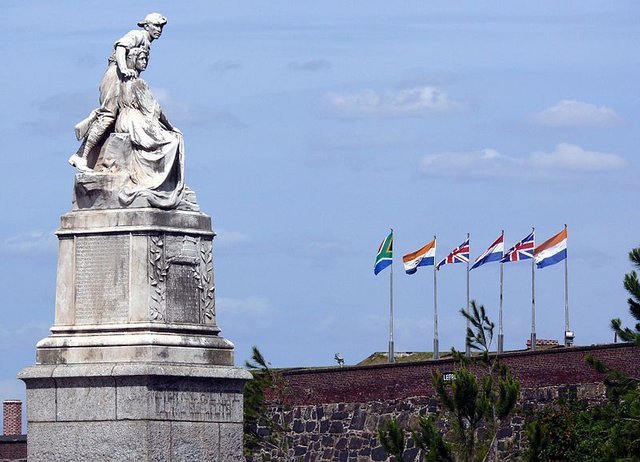

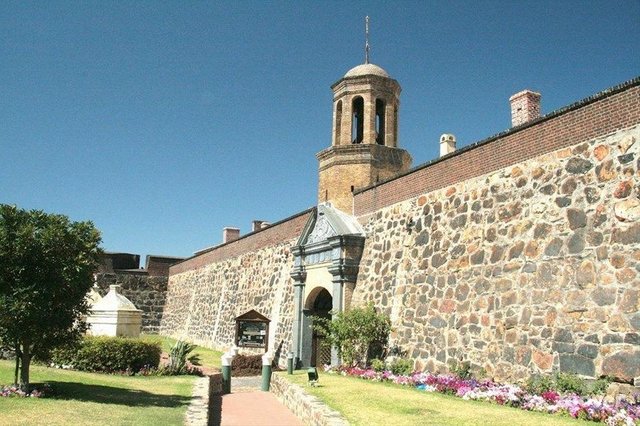
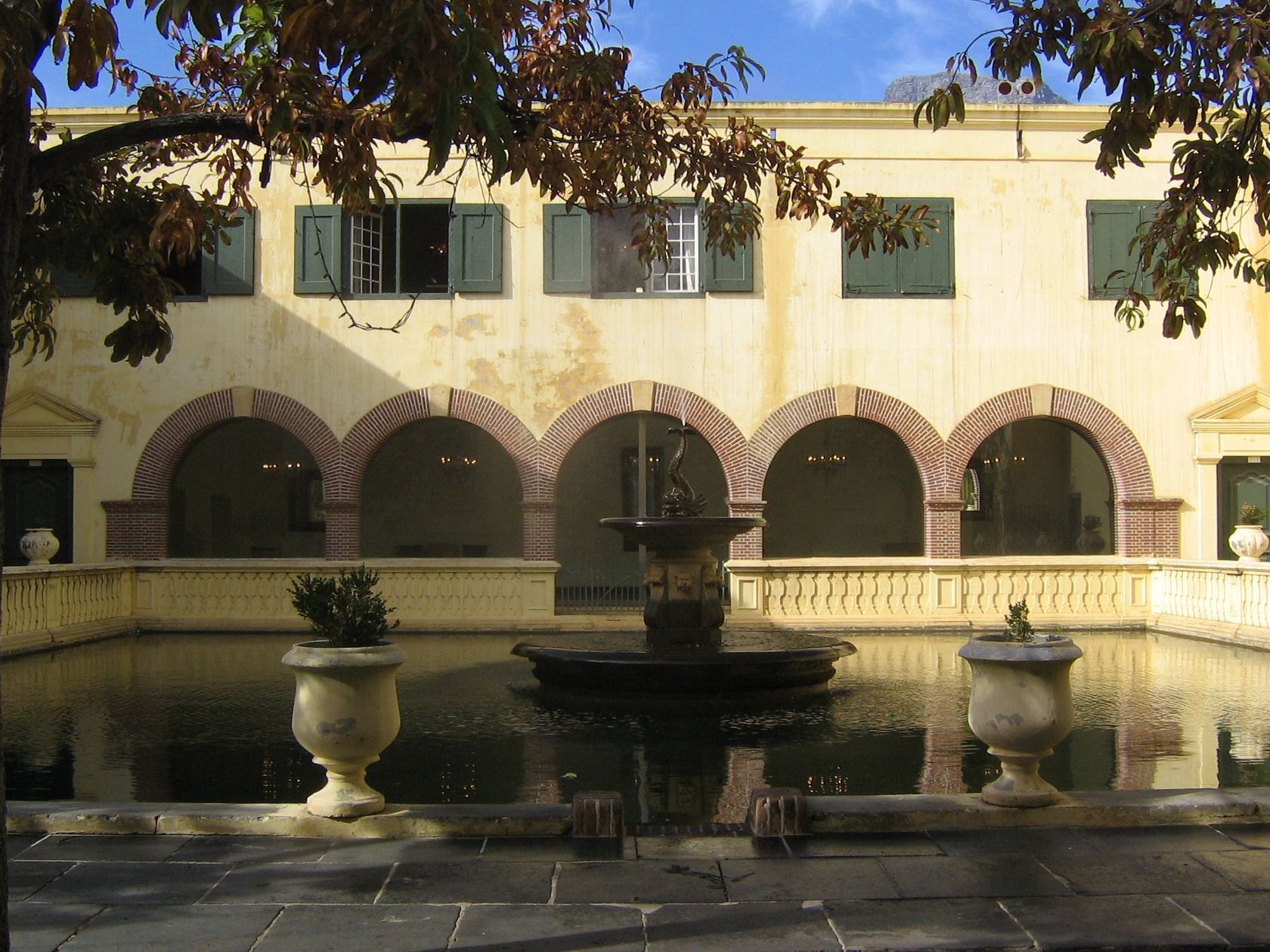
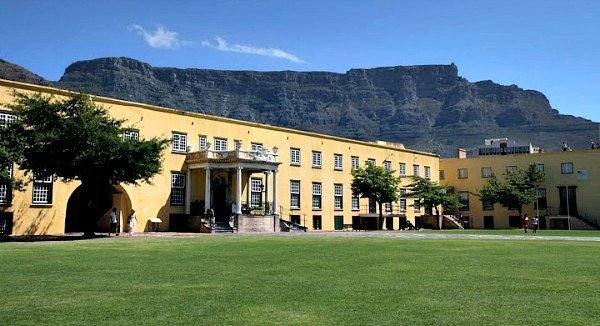
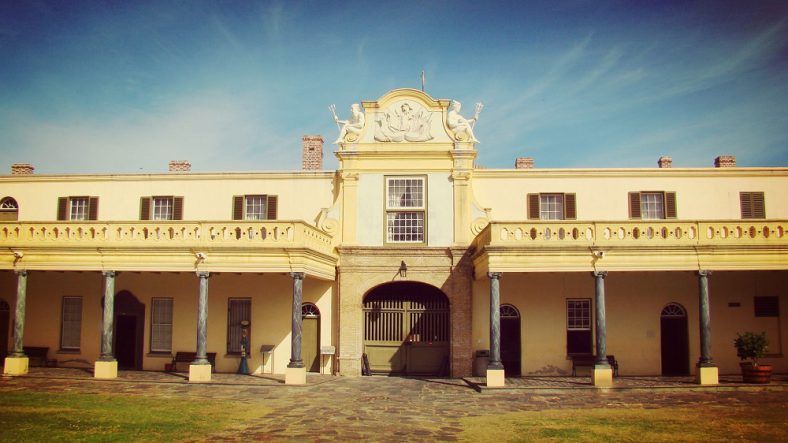

Best Example Post - #howto credited to where you copied from.
100 % upvoted
Thanks for participating in my Experiment 4
https://steemit.com/experiment/@bullionstackers/experiment-4-junior-steemians-please-read-are-you-ready-to-be-upvoted-first-in-steemit
Thank you
Don't forget to Follow my Experiment and my Trail - Bennie
Will do
Great article, can't believe you haven't been in the Town Hall, we'll have to take you one day for a performance.